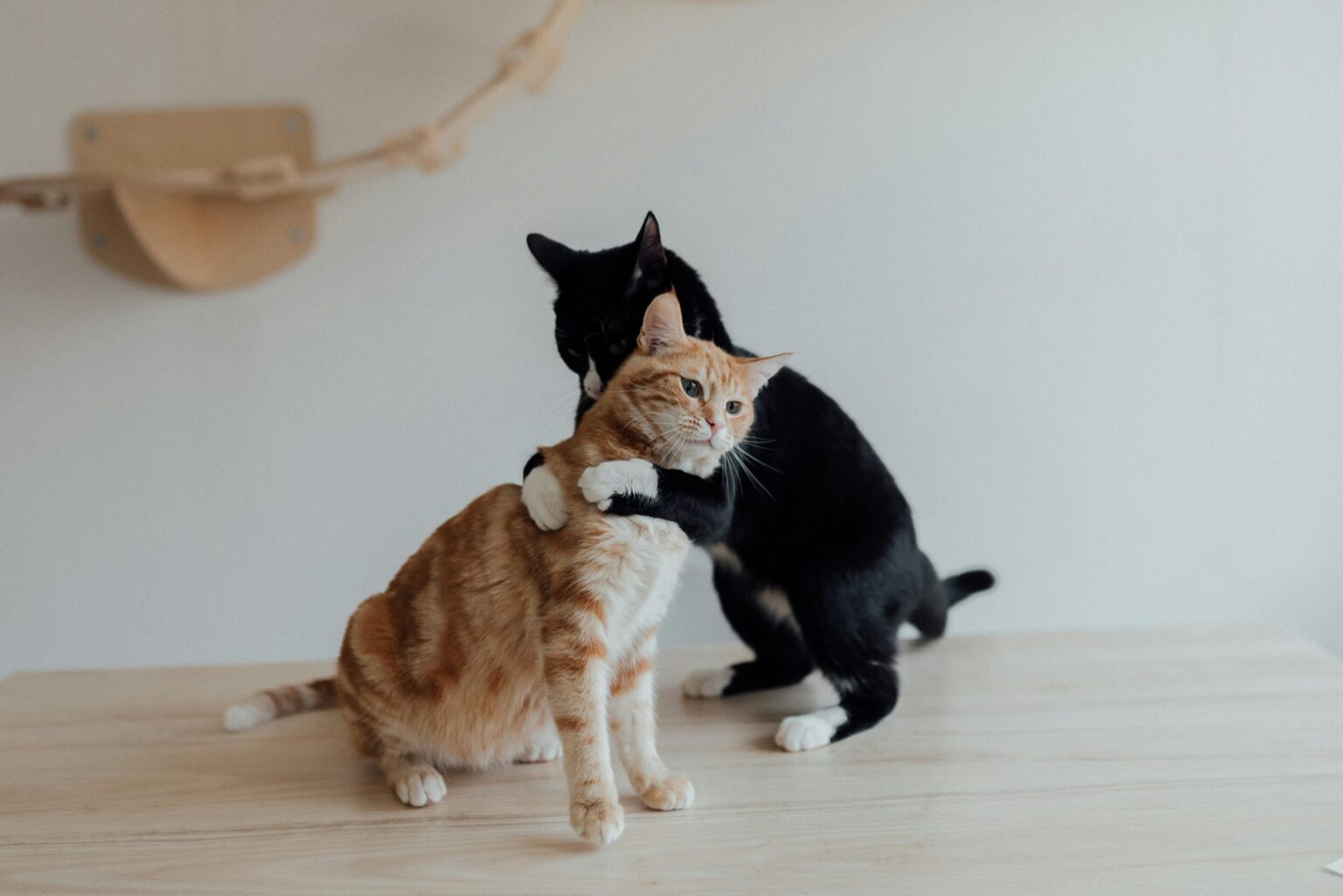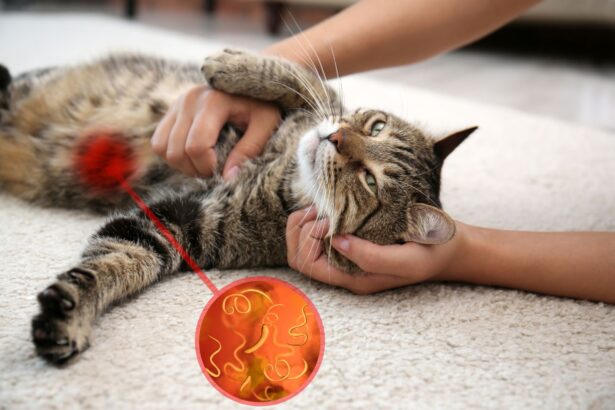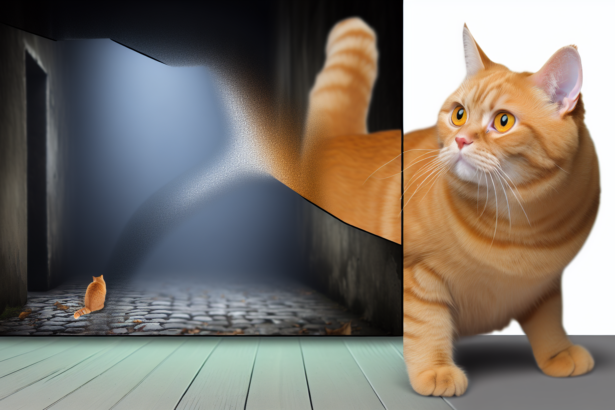Why Cats Bite Their Necks: Understanding the Reasons Behind This Behavior
Why do cats bite each other’s necks? Surely you’ve already watched your furballs indulge in this strange biting dance? Somewhere between an innocent game and a show of strength, this surprising feline behavior deserves a closer look.
- Why Cats Bite Their Necks: Understanding the Reasons Behind This Behavior
- How to tell the difference between a Game and a Real Aggression Between Cats?
- Observing your cats’ body language
- Recognizing specific vocalizations
- Analyze the context of the neck bite
- How do you react when your cats bite their necks?
- When should you intervene between two cats?
- Creating a soothing environment for your cats
- Consult a feline veterinarian or behaviorist
- Prevent Neck Bites Between Cats: Practical Tips and Advice
- Promoting early socialization
- Ensuring optimal territorial balance
- Stimulate your cats to avoid boredom
- Conclusion: Understanding Neck Bites for Perfect Feline Harmony
- FAQ: Frequently asked questions about neck biting cats
Natural play behavior
Kittens learn feline social codes early on through play. Neck nibbling is a classic form of learning, enabling them to control their strength and develop their coordination.
But how do you know if it’s really play? Look closely:
- Ears erect and relaxed
- Raised or slightly curved tail
- No grunting or plaintive cries
Here’s a fun fact: when my two cats, Simba and Luna, play together, they regularly alternate the roles of “dominant” and “dominated”. A real feline comedy!
A demonstration of dominance and hierarchy
In adult cats, neck nibbling can become a way of asserting their hierarchical position. This behavior makes it clear who’s boss in the household.
Some telltale signs of dominance :
- One cat blocks the other
- He bites firmly without releasing quickly
- Imposing posture, erect tail
If you notice too much hierarchy, intervene gently by creating individual spaces for each cat. Find out how best to arrange your home in our article on the ideal layout for several cats.
Mating behavior
During the breeding season, the male often grabs the female by the neck to hold her still. This behavior, although natural, may come as a surprise to novice owners.
If you want to avoid these reproductive behaviors, sterilization remains the most effective solution. See our complete guide to cat sterilization: advantages and disadvantages.
How to tell the difference between a Game and a Real Aggression Between Cats?
Observing your cats’ body language
Body language is your best ally in understanding your felines:
- Friendly play: straight ears, raised tail, fluid movements.
- Aggression: ears pricked, hair bristled, tail flapping.
If aggression rises, intervene calmly to avoid escalation.
Recognizing specific vocalizations
Does your cat meow happily or growl nastily? Vocalizations give you a clear idea of his intentions:
- Play vocalizations: short, high-pitched meows.
- Aggressive vocalizations: muffled growls, prolonged yelps.
If the sounds become disturbing, gently separate your cats and offer them a moment of calm.
Analyze the context of the neck bite
Context plays a crucial role in interpreting feline behavior:
- Play: often after a nap or during a moment of energy.
- Meals: competition for food.
- Territory: intrusion into personal space.
Adapt your interior by creating several feeding and resting points to avoid unnecessary conflicts.
How do you react when your cats bite their necks?
When should you intervene between two cats?
Intervene only if you observe :
- Apparent wounds
- Cries of pain
- A cat visibly terrorized
Absolutely avoid the common mistake of abruptly intervening or punishing your cats: this risks aggravating tensions.
Creating a soothing environment for your cats
Here are a few simple tips to reduce tension:
- Offer clearly defined individual spaces.
- Offer a variety of toys to avoid boredom.
- Install soothing pheromone diffusers.
Personally, I’ve installed wall-mounted shelves so that my cats can each have their own quiet corner. Success guaranteed!
Consult a feline veterinarian or behaviorist
If, despite everything, tensions persist, don’t hesitate to consult a specialist. Choose a recognized veterinary behaviorist or a certified feline educator.
According to a study published by Cornell University, behavioral consultations significantly reduce conflicts between cats(source).
Prevent Neck Bites Between Cats: Practical Tips and Advice
Promoting early socialization
Successful socialization from an early age prevents many future conflicts:
- Expose your kittens to a variety of environments and people.
- Encourage positive interactions with other animals.
- Avoid the common mistake of isolating them for too long.
Ensuring optimal territorial balance
Organize your space to avoid territorial conflicts:
- Several litter boxes and bowls.
- Separate hiding and resting places.
- High observation posts.
Stimulate your cats to avoid boredom
A stimulated cat is a happy cat:
- Plan daily interactive play sessions.
- Alternate toys regularly.
- Try out treat-dispensing toys.
Conclusion: Understanding Neck Bites for Perfect Feline Harmony
Understanding why cats bite each other’s necks is essential to maintaining a harmonious atmosphere at home. By carefully observing their behavior, creating a suitable environment and intervening judiciously, you’ll promote a peaceful and happy cohabitation between your felines. Curious to find out more about the fascinating behaviors of your four-legged friends? Discover other fascinating articles on our Pawtounes.fr blog!
FAQ: Frequently asked questions about neck biting cats
- Why does my cat bite my other cat’s neck for no apparent reason? It’s often a game or a demonstration of natural dominance.
- How can I tell if my cats are really playing or fighting? Observe their body language and vocalizations.
- Should I separate my cats when they bite each other’s necks? Only if you perceive real aggression or injury.
- When should you consult a feline behavior specialist? When conflicts persist despite your interventions.








